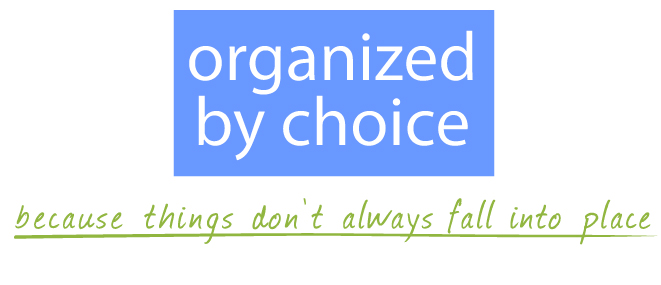It seems strange to me that I don’t like puzzles. A couple of our kids do, so before our family gathered for a week at Hume Lake, my husband purchased a 1,000-piece puzzle. When they dumped the box of pieces onto the table, it looked overwhelming to me.
“That must be how some of my clients feel when they view their clutter,” I thought. I’d rather organize the cabin’s kitchen (which I did to a degree), than participate in “playing puzzle” as we called it.
Despite my disdain for puzzles, there are many correlations between puzzling and organizing. Here are six Timely Tips to help with both.
Timely Tips for puzzling and organizing
1. KEEP THE BOX TOP HANDY
It’s essential to know what your puzzle will look like. Similarly, when organizing you need a vision of your final outcome.
Determine how your area will look, feel, and function. Revisit that vision while organizing to drive your actions and stay focused and motivated.
2. DESIGNATE A TIME AND PLACE
For our night owl puzzlers, it was 10 pm to midnight. They used a puzzle board and moved it under a bed during the day so little hands couldn’t disturb it.
Schedule your organizing when you have the most energy and least distractions.
If your project is mobile, like a box of paperwork, photos, etc., consider bringing it out to the table or a comfy chair and then return it to a spare room or closet when you’re not working on it.
3. SORT BY COLOR AND PATTERN
This is tedious, but a necessary step in puzzling. The puzzle board they used had shallow drawers to sort and store the colors. This made it easier to find specific pieces.
Likewise, it’s important to sort while organizing—putting like things together. Use containers to separate categories.
Unlike a puzzle, some of your items may be placed into a donate or trash category.
4. BORDERS FIRST
The puzzle pieces with a straight side are low hanging fruit—easier to spot and position. All other pieces fit inside that border.
Whether you’re organizing a bathroom cabinet or a desk drawer, borders are essential. Some are natural borders, like a bookshelf. If the desired outcome is to have all the books neat and accessible on the shelf, then the shelf size dictates the border and how many books you keep.
A finished puzzle doesn’t have pieces spilling over the border, and neither does an organized area.
5. PERSEVERE
One of the puzzle pieces looked like an easy fit on the deer, but it was stubborn when they tried to place it. It took several attempts before it was successfully positioned.
In organizing it’s sometimes the opposite. You think, “that will never fit there.” Don’t give up before you try. After you remove things that don’t belong, it often fits fine.
6. DONE IS BETTER THAN PERFECT
After hours of laborious puzzling, it was finally complete. Well, almost. One piece was missing. We searched high and low, but in the end they had to be content with an almost perfect picture.
Don’t allow perfection to ruin your organizing ventures. Unlike puzzles, there’s not just one right place for everything. If your belongings are now easier to find and use, consider it a win!
comical words
I just finished a jigsaw puzzle in 6 months and the box said 2-4 years! --Unknown


